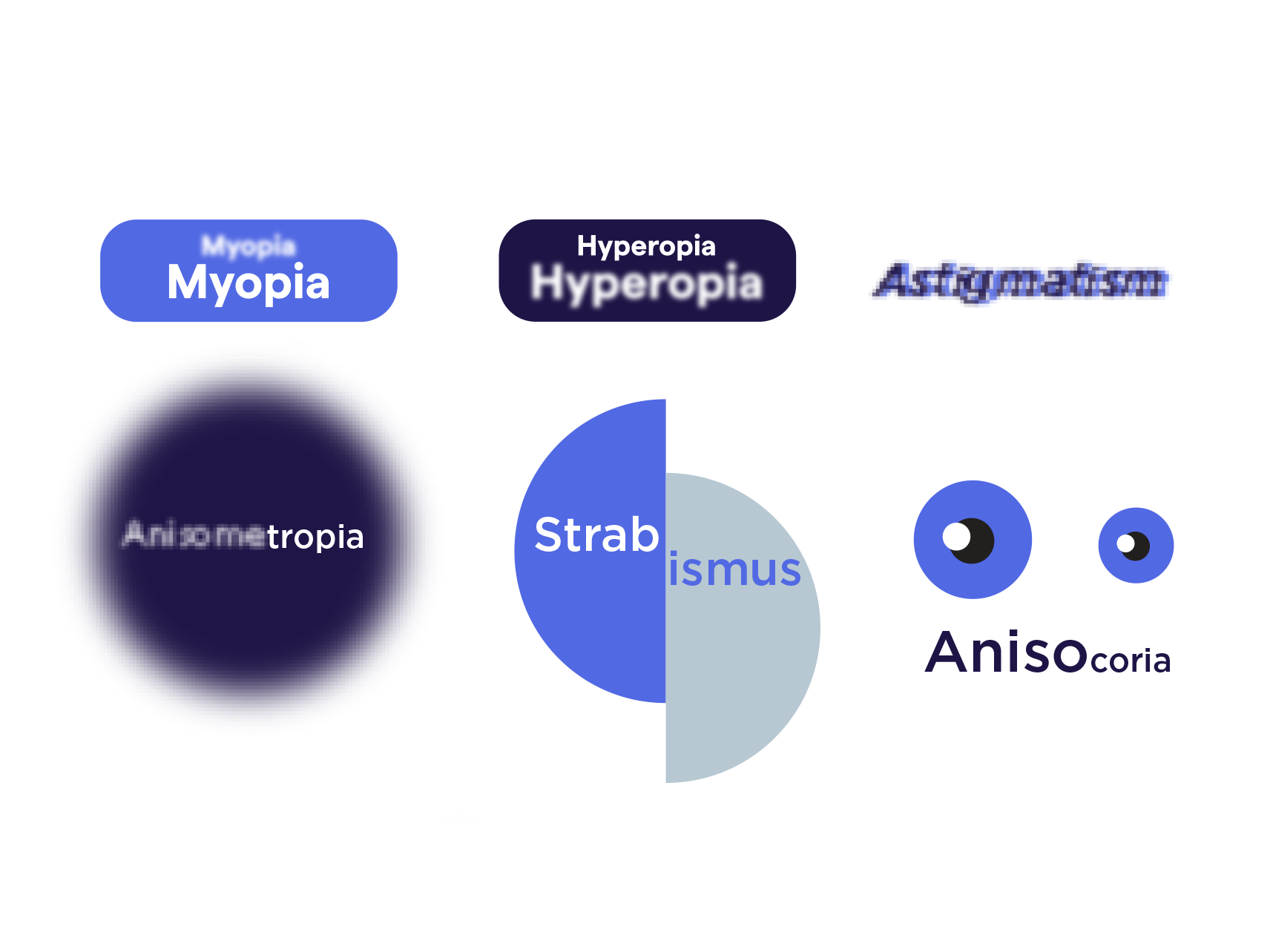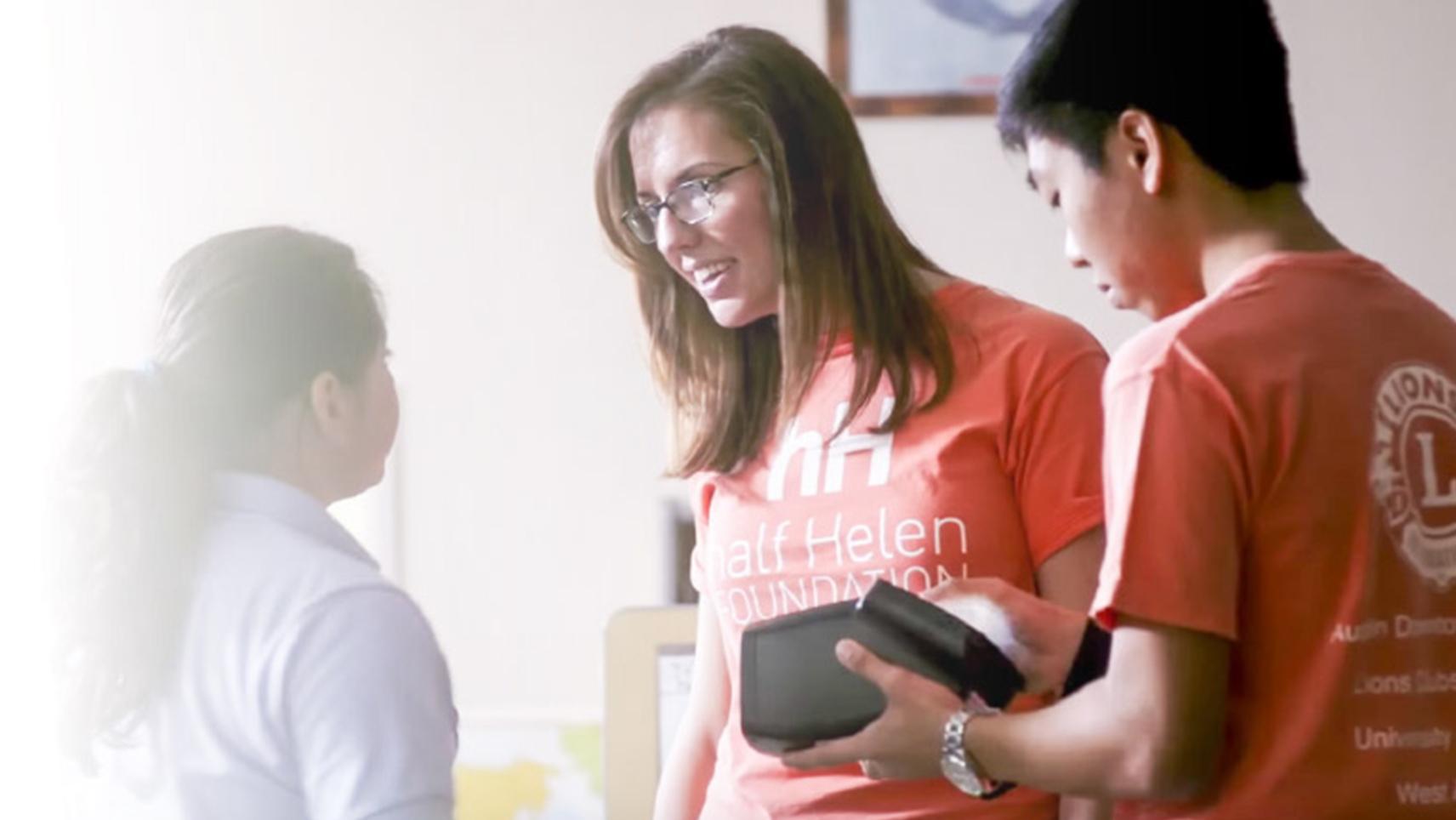close
- Soluções keyboard_arrow_right
- Produtos keyboard_arrow_right
- Serviços keyboard_arrow_right
- Conhecimento keyboard_arrow_right
language
País
keyboard_arrow_left
Soluções
close
Clínica & Ambulatório
Ver solução
- O Sistema Integrado de Parede tem tudo de Welch Allyn®
- Olhe outro futuro - Spot™ Vision Screener
- Soluções de Termometria de Welch Allyn®
- Estudantes
- Dispositivos de diagnóstico digital Welch Allyn®
- Cardiologia Diagnóstica
- Pulso: Cardiologia Diagnóstica Configurável
keyboard_arrow_left
Produtos
close
Links rápidos
-
Camas Inteligentes e Superfícies keyboard_arrow_right
-
Monitoramento do paciente keyboard_arrow_right
-
Comunicações de Cuidados keyboard_arrow_right
-
Manuseio e mobilidade segura do paciente keyboard_arrow_right
-
Mobiliário de suporte ao paciente e cuidadores keyboard_arrow_right
-
Terapia Respiratória Não Invasiva keyboard_arrow_right
-
Fluxo de trabalho cirúrgico e posicionamento de precisão keyboard_arrow_right
-
Cardiologia diagnóstica keyboard_arrow_right
-
Exame Físico e Diagnósticos keyboard_arrow_right
-
Triagem de Visão e Diagnósticos keyboard_arrow_right
-
Exibir tudo
Fluxo de trabalho cirúrgico e posicionamento de precisão
Ver tudo
- Mesas Cirúrgicas
- Acessórios de mesa de posicionamento de precisão
- Unidades de Abastecimento
- Focos cirúrgicos e de exame
Exame Físico e Diagnósticos
Ver tudo
- Termometria
- Braçadeiras de pressão arterial
- Aferição de pressão arterial
- Sistemas de exame físico
- Exame auditivo
- Exame ocular
- Triagem auditiva
- Nariz e Garganta
- Conjuntos de exames físicos
- Cabos de alimentação
- Estetoscópios
- Balanças
- Iluminação para procedimentos
- Saúde feminina
- Exames endoscópicos
- Veterinário
keyboard_arrow_left
Serviços
close
keyboard_arrow_left
Conhecimento
close
keyboard_arrow_left
Profile
close
- Salvando e prolongando vidas
- Educação e evidências
- Article
- 5 Ways to Improve Vision Screening




